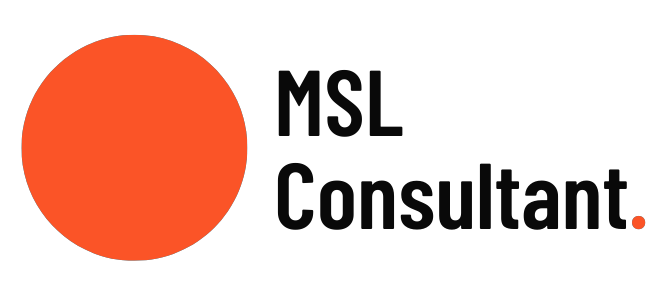10 ways to optimize your Linkedin profile for an MSL position
This very second a hiring manager, a recruiter or someone from HR at a pharmaceutical company could be reviewing your Linkedin profile and assessing your suitability for their upcoming MSL opening. Is your Linkedin profile up to scratch? Follow the tips below to increase your chances of getting an MSL interview.
1. Profile Picture
MSLs are professional people who work in a corporate environment and your profile picture should reflect that. Either choose a headshot with a plain background or choose a picture of you presenting at a conference (thereby showcasing your excellent presentation skills).
Tip: Don't include a picture of you in a lab coat. MSLs don't work in a lab.
2. Tagline
Your tagline will determine if your profile gets clicked into and so it is important that it evokes curiosity from the reader. Avoid generic taglines like “seeking new opportunities” and also avoid including your current position such as “research assistant or post-doctoral researcher”. Instead include skills related to the MSL position in your tagline eg. “Scientific communicator” or “Influential presenter”.
3. Executive summary
The description of your skill set is a perfect opportunity to demonstrate why your experience makes you a great fit for the MSL role. Utilise position descriptions from MSL jobs to keep your exec summary relevant. Include phrases such as:
· Established and maintained scientific relationships with KOLs in [insert therapeutic area eg. Immunology, respiratory, cardiology] to collaborate on research projects
· Invited to present at national and international conferences
· Excellent communication skills
Want more tips on optimising your Linkedin for an MSL job? Check out the Free Video Training for Aspiring MSLs.
4. Publications
Update your Linkedin profile to include all of your publications, including conference abstracts that were published and papers that have been submitted and are under review.
5. Presentations
Oral communication is a key skill of an MSL. Include all presentations you gave at conferences and also include any experience you have with journal club presentations. It is important to remember that a poster presentation is still a presentation and should be included in your Linkedin profile in order to demonstrate your ability to succinctly convey complex scientific messages in a clear manner.
6. Skills
Again, utilise an MSL position description to highlight skills which are relevant to the MSL role. Your qPCR, Western Blotting and ELISA experience will not get you an MSL interview, but your ability to develop relationships, interpret scientific data and your strong commercial acumen will.
Need help interpreting clinical data? Check out this workshop.
7. Endorsements
Endorsement from contacts who work in medical affairs or any other position that isn’t academia will help you get noticed on Linkedin. Get endorsed by people who work in medical affairs and other positions within the pharmaceutical industry. Remember 15 other academics endorsing you for qPCR is not going to assist you getting an MSL interview.
8. Expand your network
Add recruiters, add HR people from pharmaceutical companies. If you have worked with KOLs/health care professionals during your PhD – also add them on Linkedin.
9. Additional experience
What sets you apart from other MSL candidates who don’t have MSL experience?
Were you a tutor? Did you judge a poster competition? Have you interviewed people? Have you mentored medical students? Have you written grant proposals? Anything that is different from laboratory skills – include it in your Linkedin profile.
10. Engagement
Follow pharmaceutical companies on Linkedin. Like, comment and reshare their posts. This demonstrates a commitment to obtaining knowledge about the industry and this industry knowledge will serve you when you are in an MSL interview.
In summary a few small changes to your Linkedin profile can demonstrate to hiring managers and recruiters that you have a clear understanding of the MSL role and have the necessary skills to become an MSL.
